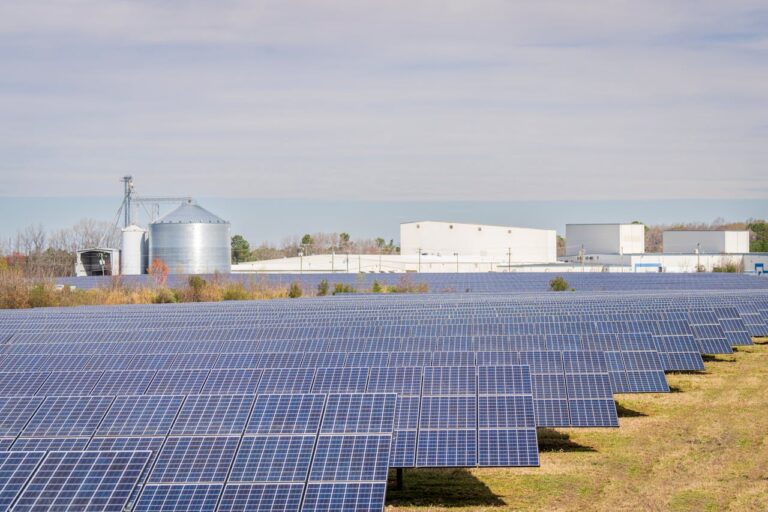Switching to solar is a smart investment. Whether it’s a factory, warehouse, or corporate distribution hub, the shift to solar energy brings down utility costs and meets growing sustainability targets. Industrial properties already have the space, the infrastructure, and the energy demand to make solar pay off.
Installing a large solar array takes more than stacking panels on a rooftop or in an open field. It’s a detailed process with eight key steps. From site selection to system maintenance, every stage plays a role in shaping long-term success.
Let’s walk through how it’s done.
Key Steps and What to Consider
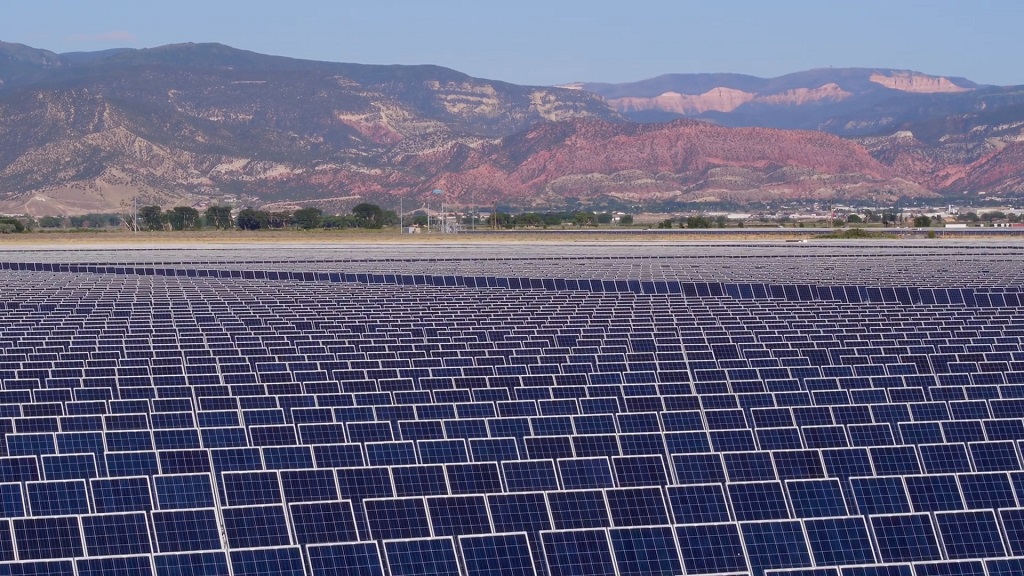
| Step | Activities | Considerations |
| Site Selection | Analyze sunlight, access, topography, soil, and grid access | Avoid environmental conflicts; use PVWatts or similar tools |
| Feasibility Study | Review costs, energy savings, and environmental impact | Evaluate infrastructure upgrades and regulatory risks |
| Market Research | Examine incentives, local rules, and energy resale options | Consider PPAs and local energy demand |
| Site Preparation | Clear land, test soil, remove rooftop obstacles | Plan for shading and stormwater drainage |
| System Design | Layout panels, choose mounts and inverters, plan electrical connections | Add energy storage if needed for continuous operations |
| Permitting | Secure all building, electrical, and zoning approvals | Address industrial site-specific safety codes |
| Construction | Build foundations, install panels, connect wiring, test system | Schedule around operational downtime |
| Maintenance | Monitor performance, clean panels, perform repairs | Align checks with facility maintenance schedules |
Site Selection
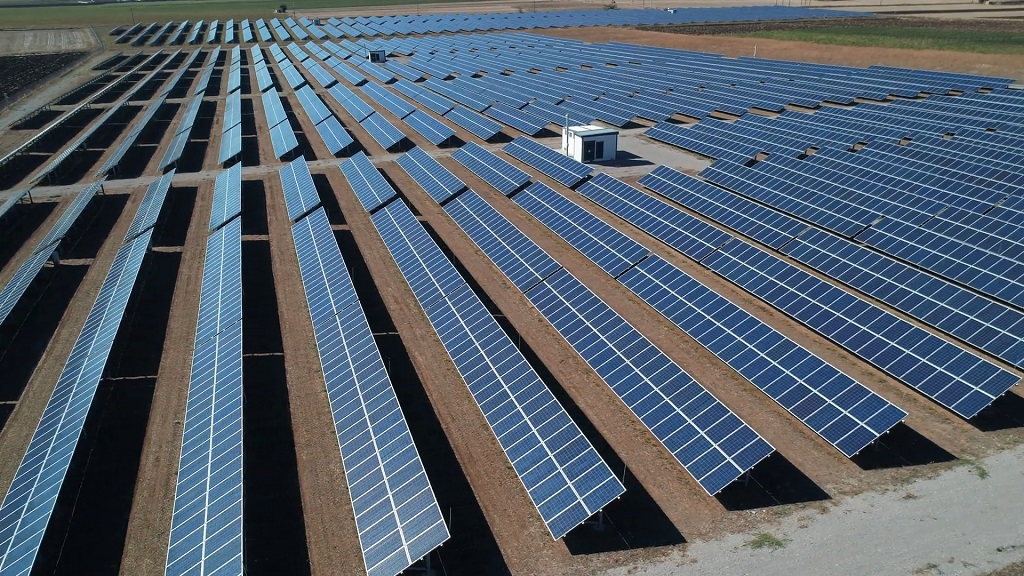
It starts with finding the right location. Industrial sites usually have a leg up here, thanks to flat rooftops and open land next to facilities. But a few key factors still need checking:
- Sunlight Exposure: The area should get strong sunlight throughout the day. A tool like the PVWatts Calculator from NREL can help estimate how much solar energy a site might produce.
- Ease of Access: Trucks, cranes, and workers need clear paths. Loading docks and service roads already in place are a big help.
- Flat Surfaces: Flat rooftops or level ground cuts down installation costs and speeds up work.
- Stable Soil: For ground-mounted systems, soil needs to support the structure. Engineers typically run a geotechnical study to confirm stability.
- Close to the Grid: Sites already connected to the grid can simplify integration.
- No Red Tape Hotspots: Avoid areas with environmental restrictions or historical protections.
Before committing resources, it’s time to assess what’s possible. A feasibility study looks at technical, financial, and environmental factors: The Environmental Protection Agency notes there are over 450,000 brownfields in the U.S., and many of them are great candidates for solar. Cleaning up a contaminated site while adding clean energy is a double win. Solar doesn’t exist in a vacuum. Regulations, utility rates, and local incentives shape the financial outlook. This is where market research steps in. Once a site is confirmed, it needs to be prepped for construction. Using tools like a rotating grapple attachment makes it easier to manage large, uneven materials during early-stage prep, especially when grading land or removing industrial waste. Shading also plays a big role. Even partial shade from nearby trees or tall equipment can cause significant losses. A shading analysis maps potential obstacles throughout the year. Designing a solar system isn’t just about cramming as many panels as possible. It needs to fit the site’s needs and physical layout. Solar construction requires a stack of approvals. Permits vary by location and installation type, but most projects will need: For industrial sites, additional considerations include fire code compliance and workplace safety regulations. Facilities dealing with chemicals or heavy machinery may require extra safety buffer zones around electrical equipment. With design approved and permits secured, the build begins. Construction timelines vary by project size. A 500-kilowatt rooftop array might take a month. A 5-megawatt ground system could take several months, depending on weather and soil. Once live, the system needs regular care to stay efficient and safe. Most industrial facilities already have teams handling electrical systems. Solar maintenance can often be added to existing workflows or contracted to a third party. Installing solar on a cleaned-up industrial site not only makes economic sense, it also attracts funding and public goodwill. Programs like the EPA’s RE-Powering America’s Land encourage solar use on former brownfields. If an industrial site borders farmland, consider pairing solar panels with crops or grazing. Some farms have seen crop yields increase under partial shade from solar arrays. Large ground-mounted systems need to manage runoff. Grading the land properly or planting low-maintenance vegetation under the panels can help prevent erosion and comply with local codes. Amazon has committed to powering its operations with 100% renewable energy by 2025. That means solar panels on rooftops, parking structures, and open land near fulfillment centers. Each installation follows the same methodical process – site analysis, feasibility study, regulatory prep, and long-term maintenance. The result is a scalable model any industrial site can follow. Preparing an industrial site for a large solar array takes work, but the payoff is long-term energy savings and a step toward cleaner operations. The U.S. has enormous solar potential, and industrial properties are in a perfect position to lead the charge. With proper planning and execution, a well-installed system can deliver reliable power for decades, without disrupting daily operations. Start with a good site, follow a clear process, and lean on trusted resources like the Department of Energy and NREL. That’s how solar goes from blueprint to bottom-line benefit.Feasibility Study
What the Study Covers
Market Research
Key Areas to Review
Site Preparation
Ground-Mounted Systems
Rooftop Systems
System Design
Major Design Elements
Permitting and Compliance
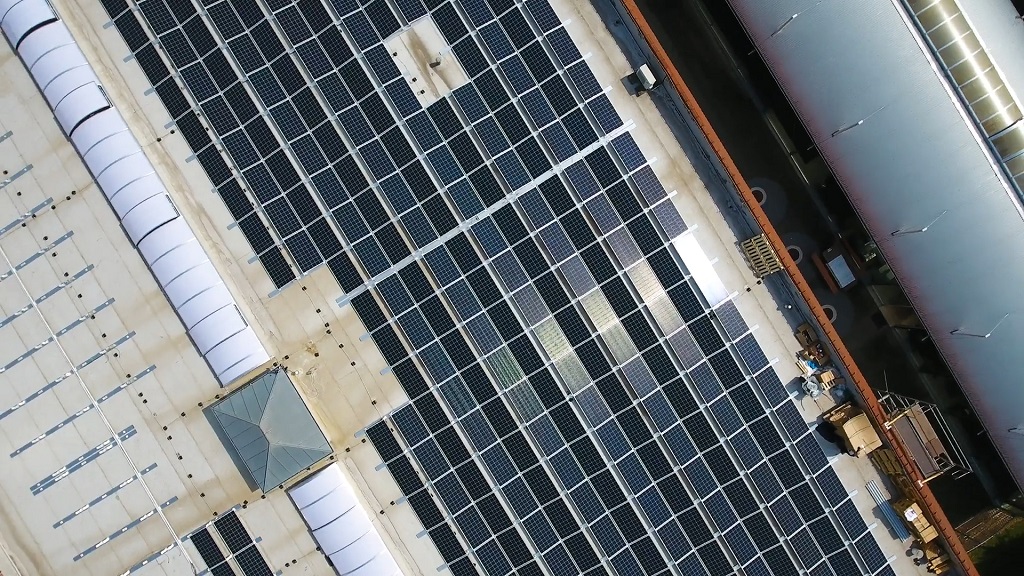
Construction and Installation
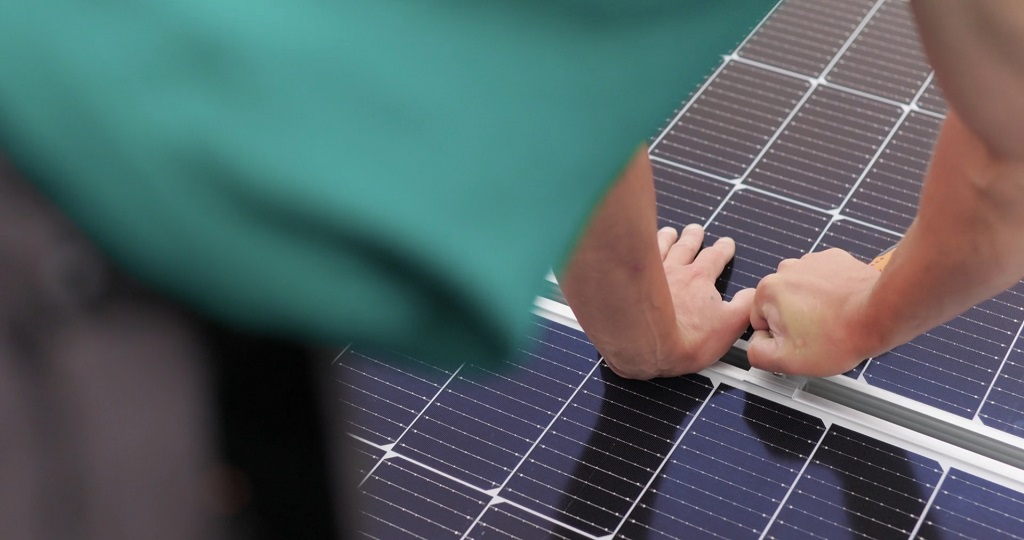
What the Process Involves
Maintenance and Monitoring
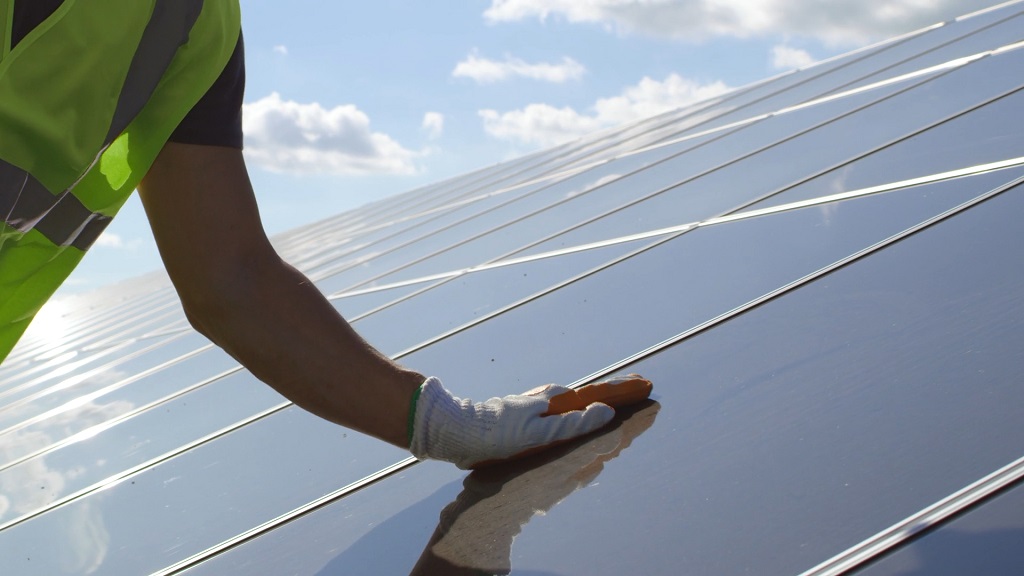
Maintenance Tasks
Other Factors to Keep in Mind
Brownfield Redevelopment
Dual-Use Systems (Agrivoltaics)
Stormwater Management
Case in Point – Amazon’s Solar Buildout
Final Thoughts

